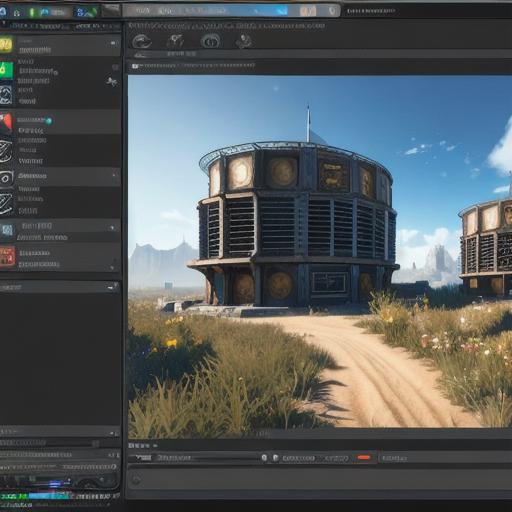Dear Web Developer,
You’ve asked a common question amongst Unity developers: "What is the difference between a Unity development build and a release build?" In this response, I will explain the key distinctions between these two types of builds to help you better understand the Unity development process.
**Unity Development Builds:**
A development build, also known as a debug build or an editor build, is designed for testing and debugging during the game development process. It includes additional features that are useful for developers such as:
- Detailed Debug Information: Development builds provide extensive debug information that can help developers identify issues in their games quickly.
- Console: The console is a powerful tool that allows developers to input commands and receive real-time feedback about the game, making it easier to diagnose problems.
- Extra Logging: Development builds enable developers to log more detailed information about various aspects of the game for further analysis.
- Easier to Deploy: Development builds are simpler to deploy as they do not undergo optimization or compression, allowing for faster iteration times.

**Unity Release Builds:**
On the other hand, a release build is the final product that goes live on various platforms (WebGL, mobile, desktop, consoles) for end-users to enjoy. Release builds are optimized for performance and stability, offering several advantages:
- Optimization: Release builds undergo optimization processes, which improve the game’s overall performance, making it run more efficiently on various devices.
- Compression: Release builds have their assets compressed to reduce file sizes and download times, ensuring a smoother user experience.
- No Debugging Tools: Release builds remove all debugging tools and features that are not necessary for end-users, maintaining the integrity of the final product.
**Conclusion:**

To sum up, development builds serve as essential tools for developers to test, debug, and iterate on their projects during the game development process. Conversely, release builds represent the polished, optimized versions of games that are distributed to end-users. Both types of builds have unique roles in the Unity development cycle, ensuring the successful delivery of high-quality games.
I hope this explanation provides you with a clear understanding of the differences between Unity development and release builds. If you have any further questions or need clarification on any topic, please don’t hesitate to ask.
